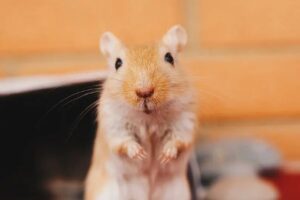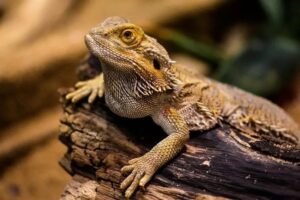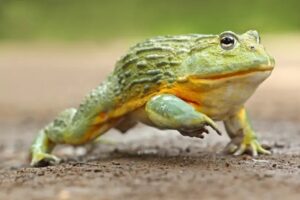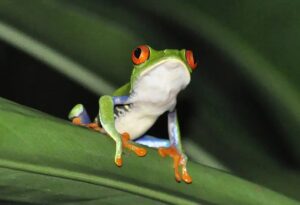Unveiling 15 Captivating and Surprising Facts About Gerbils


Gerbils have become a highly desirable house pet worldwide. People love them for their sweet faces and friendly personalities that hide an impressive intelligence behind energetic temperaments and laid-back attitudes, making them excellent companions who don’t require as much space for larger animals.
1. They Were Once Called Desert Rats. Before their rise as beloved companion pets in North America and Europe, gerbils were popularly known by this derogatory nickname – although not very accurate given that they’re an entirely separate rodent species from rats! Unfortunately, its exact source remains unclear but still retained its meaning until rodents were divided into their subfamily ‘Gerbillinae’ from another unrelated rodent species called ‘Jerboa.
Image Credit: PatrickLFC93 from Pixabay
2. Their fur protects them from sunburns. Being desert dwellers and predominantly diurnal creatures, Gerbils must deal with intense desert sun every day. Fur covers their entire bodies, from head to tail – an evolutionary adaptation which helps prevent sunburn in nature; when kept as pets it simply adds some cuddliness!
3. 3. 3. Gerbils Clean Their Fur With Sand. As desert animals, gerbils understand the value of water, so instead use sand as an effective method of grooming themselves. They roll in it to get any remaining dirt out from under their fur; in captivity it is recommended that an ample supply of chinchilla dust be provided so your gerbil can replicate this behavior and remain healthy and clean.
Related Read: 10 Best Beddings for Gerbils: Reviews & Top Picks (gerbil) [Image Credit: PublicDomainPictures and Pixabay
4. Humans cannot hear most gerbil vocalizations. We may be familiar with hearing our furry rodent companions squeak occasionally, but that only scratches the surface of their intricate communication patterns. Human ears only detect frequencies up to 20kHz while most gerbil vocalizations fall in the 50kHz range which most humans cannot perceive reliably.
5. Gerbils Are Omnivores.
Gerbils may primarily consume plant-based diets when kept as pets, but that doesn’t indicate that they’re herbivorous creatures. Gerbils are actually omnivorous creatures capable of digesting both animal and plant matter; due to their diminutive size they will hunt insects in addition to foraging for plants in nature.
6. There are more than 40 varieties of gerbil coat colorings. We typically associate gerbils with golden fur color – this makes sense; desert prey animals like these typically exhibit golden hues to camouflage themselves against predators in their environment. But in captivity gerbils may exhibit any number of coat colorings including black, red and golden hues – totaling more than 40 pigmentations present among their population!
7. Gerbils can learn to do tricks.
Rats may be among the smartest rodent species we keep as pets, but that doesn’t mean they’re the only intelligent species available as companions. Gerbils may not move as swiftly but they’re highly food-motivated creatures so by offering the appropriate reward you could teach your gerbil to perform tricks for tasty rewards that await them when following commands.
Offering your gerbil treats can help them learn to follow your lead in multiple ways. Perhaps as an extension of their tunneling species heritage, gerbils can and do memorize mazes when introduced to them – particularly when rewarded for accomplishing tasks and showing an understanding of their environment.
Cream Gerbil and Herdfare Credit: Sildf/Shutterstock
8. Gerbils can jump one foot high! It is vital that gerbils live in an enclosure with plenty of ventilation and security measures in place, including play enclosures. Gerbils’ powerful hind legs can propel them skyward, helping them escape predators in the wild. In certain instances, owners may even train their gerbil to jump onto their shoulders using its one foot (12 inch) jumping height!
9. There are over 100 species of gerbils. Most commonly seen and kept as pets is the Mongolian gerbil; however there are over 110 other recognized gerbil species worldwide!
Image Credit: Svetlanistaya from Shutterstock
10. The world’s biggest gerbil species measures 16 inches long. Although most people consider gerbils to be relatively diminutive rodents, not all of them can fit the mold of being adorable like Mongolian gerbils; The Great gerbil hailing from central Asia can reach 16 inches long!






